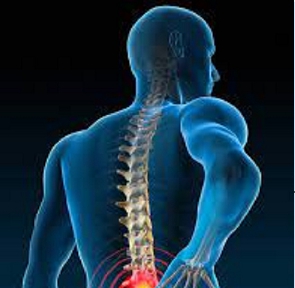Within the field of pediatric medicine, there is an increasing emphasis on novel medicines designed to maximize care for kids with neurological disorders. Neuromodulation therapies are a standout among these innovative methods because they present new opportunities for treating a range of neurological disorders in pediatric patients.
Techniques involving the modification or modulation of nerve activity through focused chemical or electrical stimulation are referred to as
neuromodulation. These treatments are specifically created and adapted in pediatric medicine to treat neurological conditions that impact young patients.
Because neuromodulation can be used to treat a variety of ailments, such as epilepsy, movement problems, chronic pain, and even psychiatric diseases, it is incredibly versatile. These treatments function by altering the nervous system's activity with the goal of reestablishing equilibrium and reducing symptoms.
Electrical stimulation is a major neuromodulation therapy that is becoming
more and more popular in pediatric care. This entails efficiently controlling aberrant neural activity by applying regulated electrical impulses to particular nerves or brain areas. For example, devices like vagus nerve stimulators or responsive neurostimulation systems can assist in lowering seizure frequency and severity in children with epilepsy who are not responding well to medication.
Transcranial magnetic stimulation (TMS), a non-invasive method that employs magnetic fields to stimulate specific brain regions, is another noteworthy strategy. Even though it is more frequently used on adults, research is still being done to see whether it can help children, especially with diseases like depression or specific neurological problems.
Furthermore, as technology and medical research advance, neuromodulation therapies also change continuously. To customize therapies, especially for kids while maintaining safety and effectiveness, scientists and medical professionals are investigating novel modalities and improving already-used approaches.
It is noteworthy that the utilization of these treatments in pediatric patients necessitates meticulous assessment and proficiency. In order to determine if these treatments are appropriate for each kid, a multidisciplinary team of neurologists, neurosurgeons, and other specialists collaborates to take into account the child's particular medical history and condition. The safety
and well-being of pediatric patients are of utmost importance, as they are with any medical procedure.
Neuromodulation therapy implementation in pediatric patients involves close
monitoring, continuous evaluation, and extensive follow-up treatment.
To sum up, neuromodulation therapies are a promising area of pediatric medicine that gives children with neurological problems hope for better outcomes and a higher quality of life.
Our commitment to promoting these cutting-edge treatments demonstrates our commitment as healthcare providers to provide our youngest patients the best care possible and make sure they have every chance for a healthier and more promising future.
Health News of Thursday, 7 December 2023
Source: dr. simon badu

















